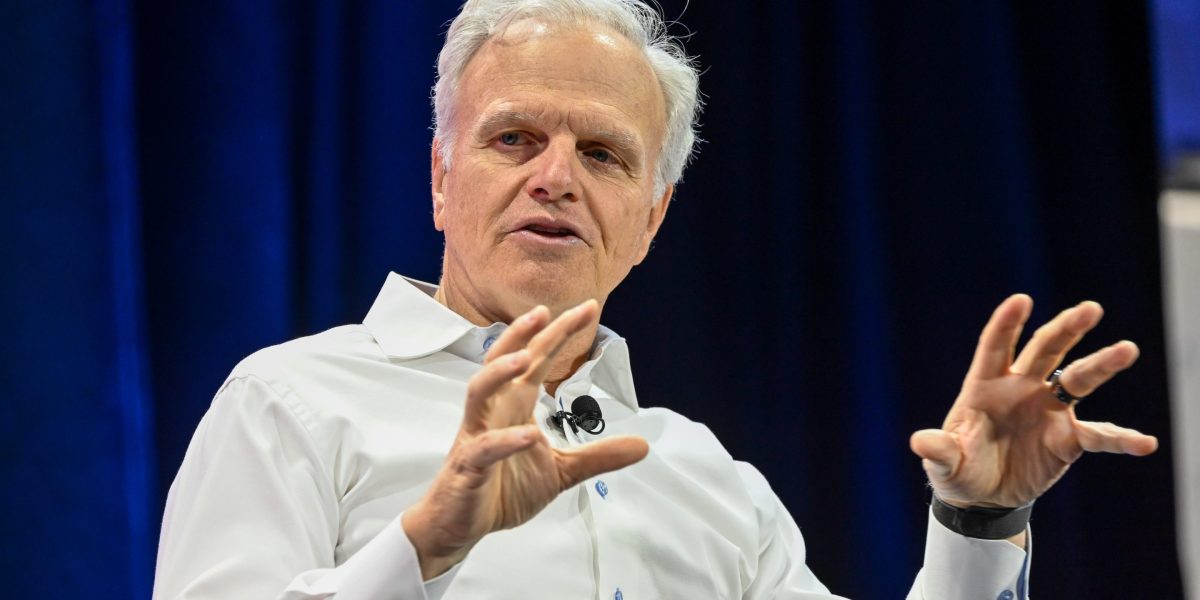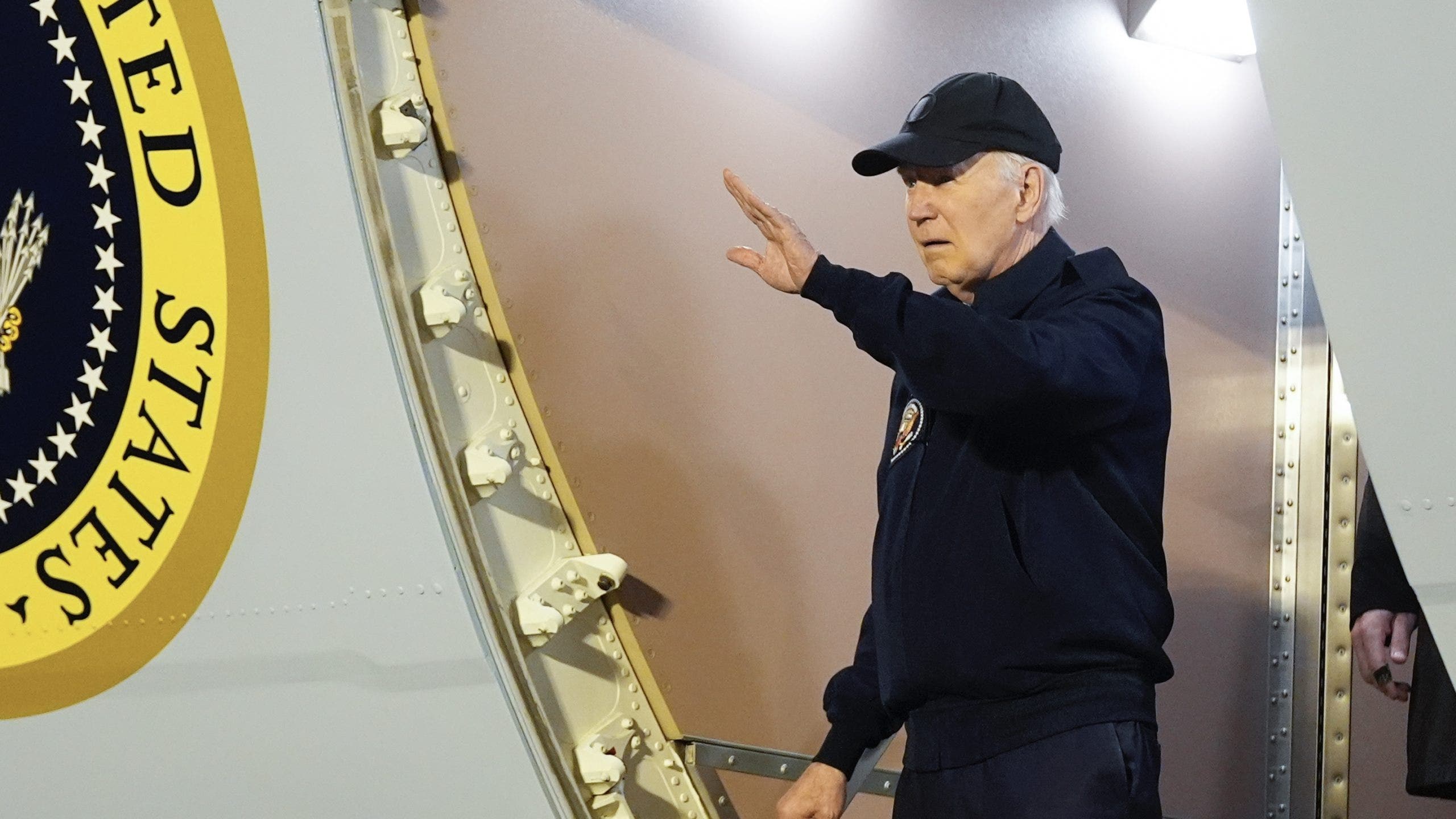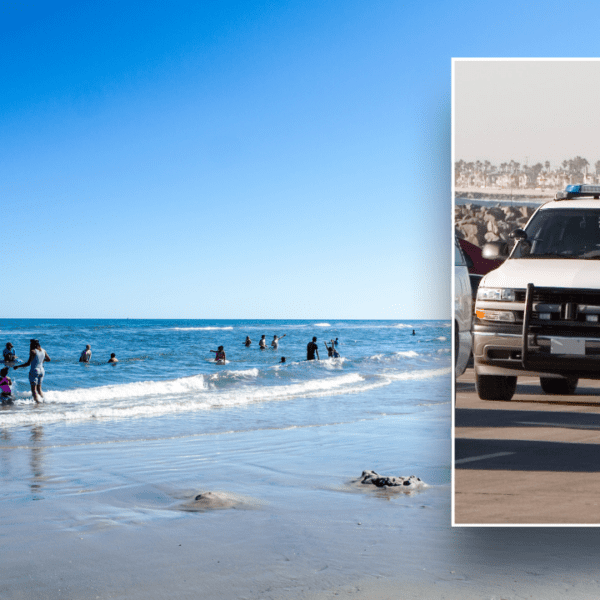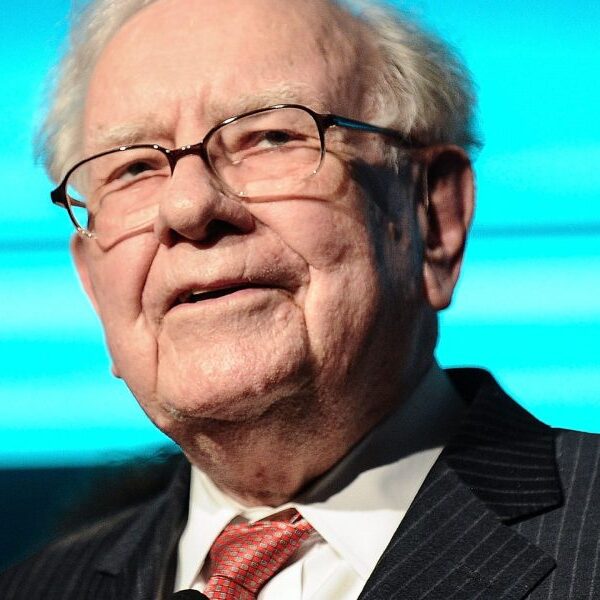

Passengers are willing to shell out a bit to kick their feet up and avoid the pre-flight scramble, says JetBlue founder.
David Neeleman, who founded four other commercial airlines (including Breeze Airways, which he runs as CEO), asserts that customers are currently hankering for a luxury flight experience. In this era, Southwest stands to be left behind.
“What’s different today about the industry is about 25% of the people want an upgraded experience,” Neeleman said at Fortune’s Brainstorm Tech 2024 conference.
Indeed, interest in first-class tickets was so high that Delta, United, and American Airlines expanded their premium cabins from 25% to 75% of their fleets in 2023. Called “revenge travel,” it’s a phenomenon that was fueled by households looking to splurge after COVID lockdowns, though it has ebbed a bit since.
“One of the reasons Southwest is kind of struggling today is that this kind of scramble for seats was cool back in the ‘70s and ‘80s and even the ‘90s, but today when Delta is so much better, when United is so much better, people don’t want to fight for a seat,” he claims, potentially referencing the lackluster first-quarter financial results from the major airline that runs on a low-cost carrier model.
Southwest recently announced in a SEC filing that it is lowering its revenue guidance, citing “current booking patterns in this dynamic environment.” Some of its woes are likely due to not adapting enough to consumer interests and industry changes, as Fast Company’s Rob Walker points out that Southwest depends on Boeing jets exclusively. Boeing, of course, has been in hot water lately due to safety concerns and whistleblower accounts of manufacturing misconduct.
Southwest has been studying customer’s preferences in-depth for the first time in years, a spokesperson tells Fortune. “This dynamic of listening and responding resulted in many things Southwest has brought forward in recent months including improved WiFi, in-seat power, larger overhead bins, the ability to pay with points + cash, travel credits that don’t expire… the list goes on,” they say, explaining the company is weighing said insights “against any operational and financial benefits in pondering potential change.” So, it seems as if Southwest is facing pressure to change its airline experience to a buy-in luxury one.
Even so, Neeleman claims the industry is a “heck of a lot better” than when he created JetBlue, citing live-TV options, free internet, and timely flights.
But last summer paints a different story. Summer travel was marred by an air traffic controller strike, staffing shortages, lingering pandemic-era financial woes, and an outdated Federal Aviation Administration system, wrote Fortune’s Alicia Adamczyk. Growing pains have carried over to this year, as the crisis has been exacerbated by the ongoing issue of fewer options for passengers.
It’s “essentially an oligopoly,” John Breyault, vice president for public policy, telecommunications, and fraud at the National Consumers League, told Fortune’s Adamczyk. Perhaps the anecdotally worsening flying experience leads to passengers paying more to avoid the stress as much as possible.
“People don’t want to fight for a seat, they want to pay a little extra to have extra leg room,” insists Neeleman. “They want to be able to pay a little extra for a first-class seat, a lot extra for a first-class seat.”
Of course, airlines are responding to the travel bug with monetization: Rather than a full-on luxury experience, the regular flying experience is being segmented into luxuries that one must dole out for.
“When you as a consumer check out, it may be that your basket is higher because now you’re paying for the two bags that you want to bring on or a specific seat that you want to sit in, in-flight meals, Wi-Fi, all of those things,” Hayley Berg, economist at mobile-travel app Hopper, told the Wall Street Journal.















